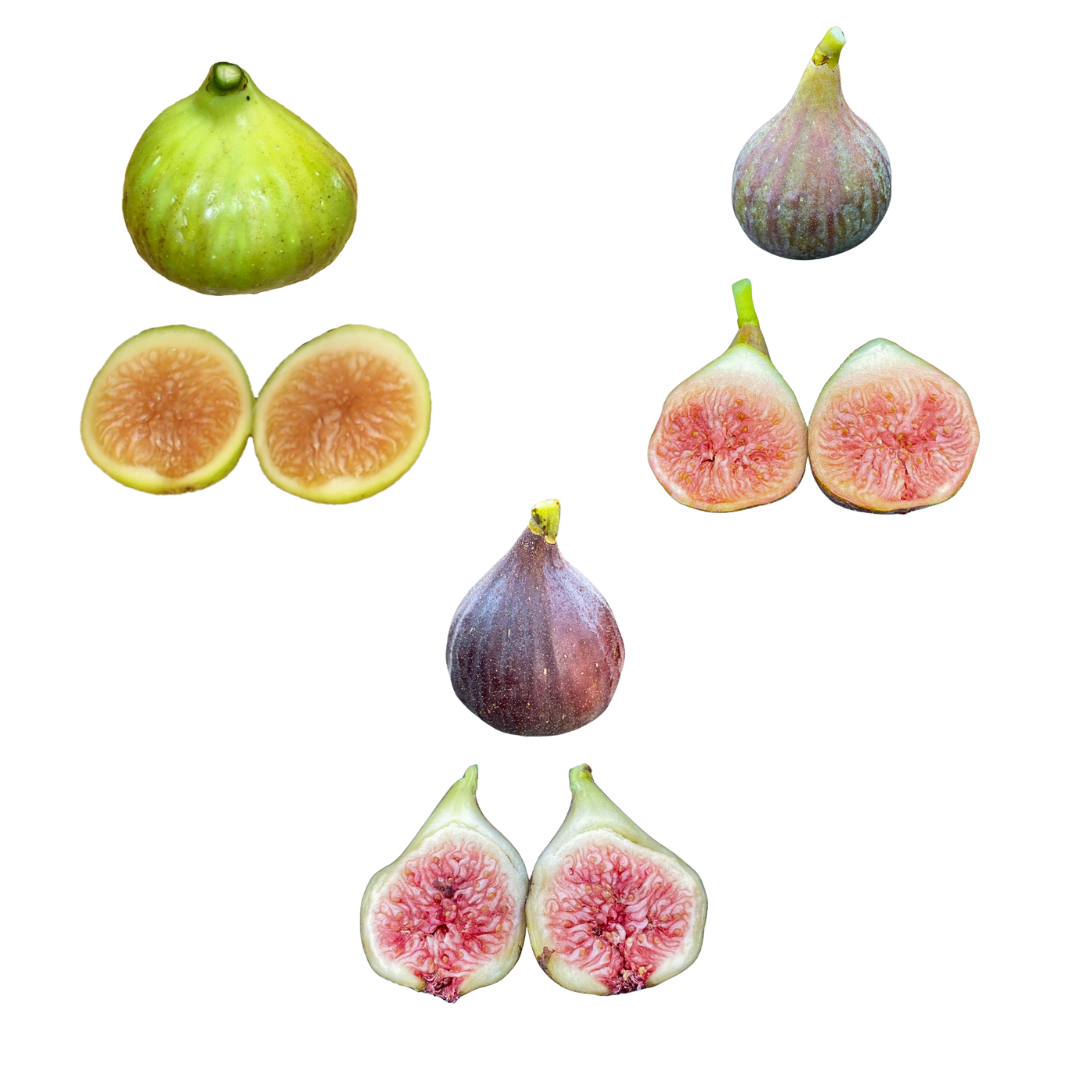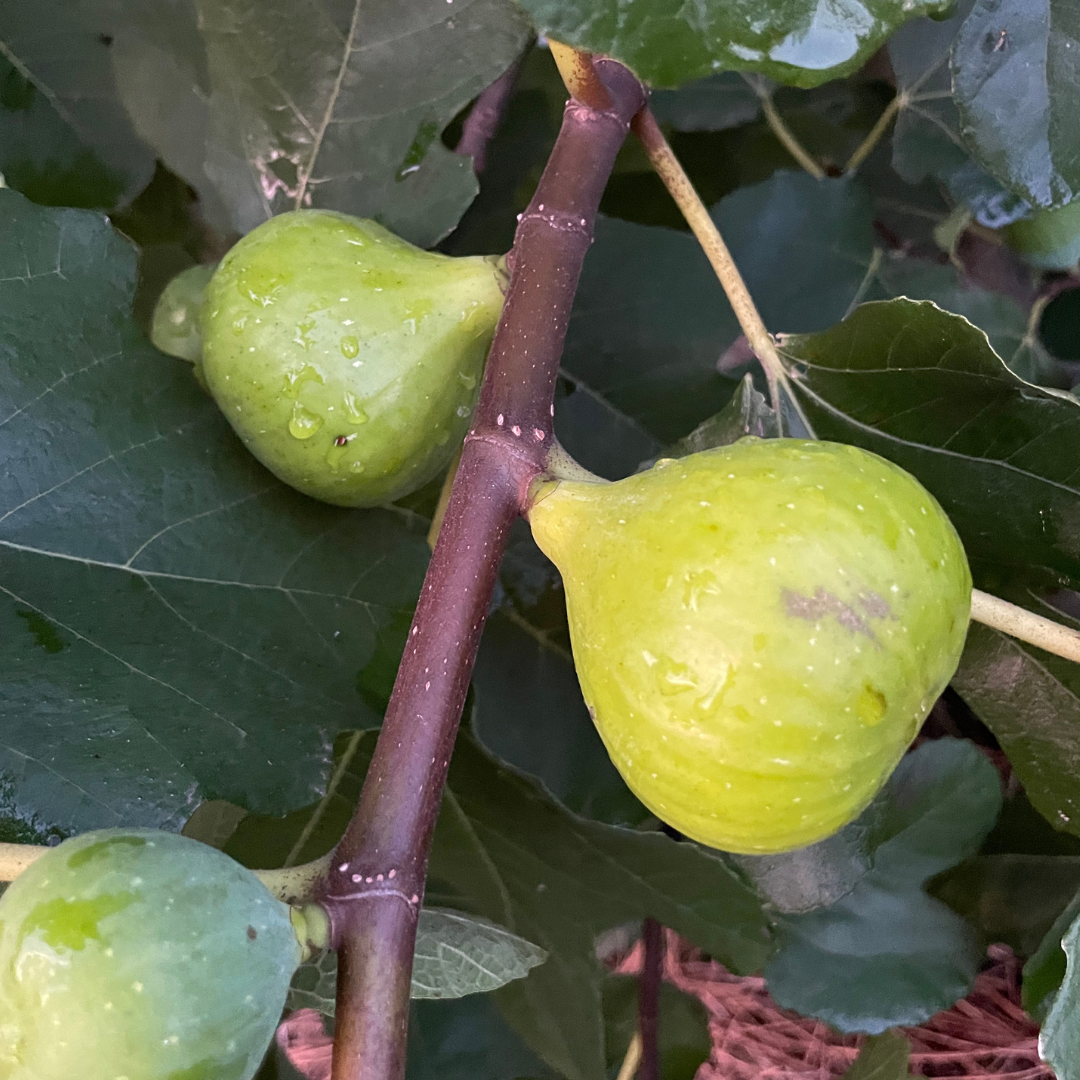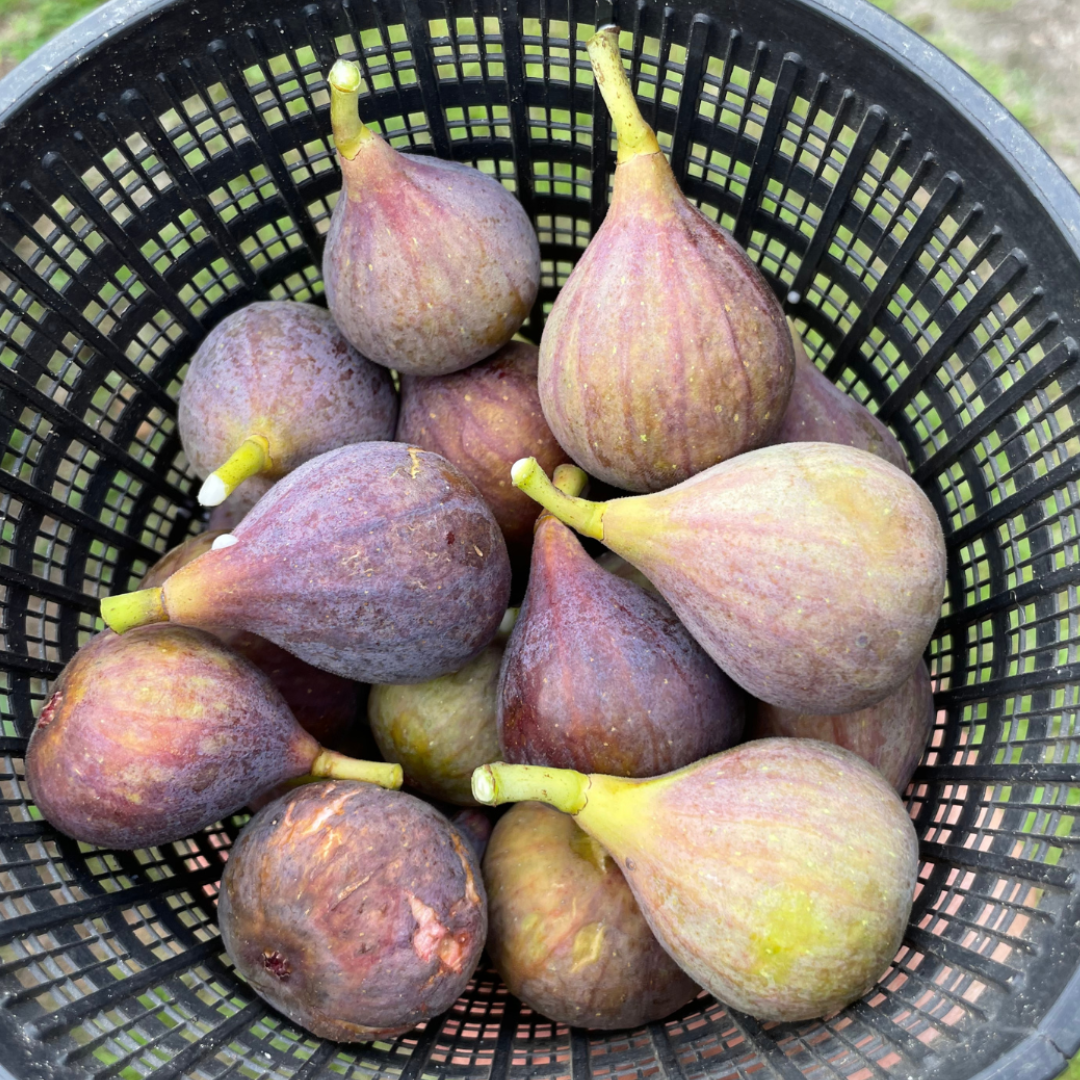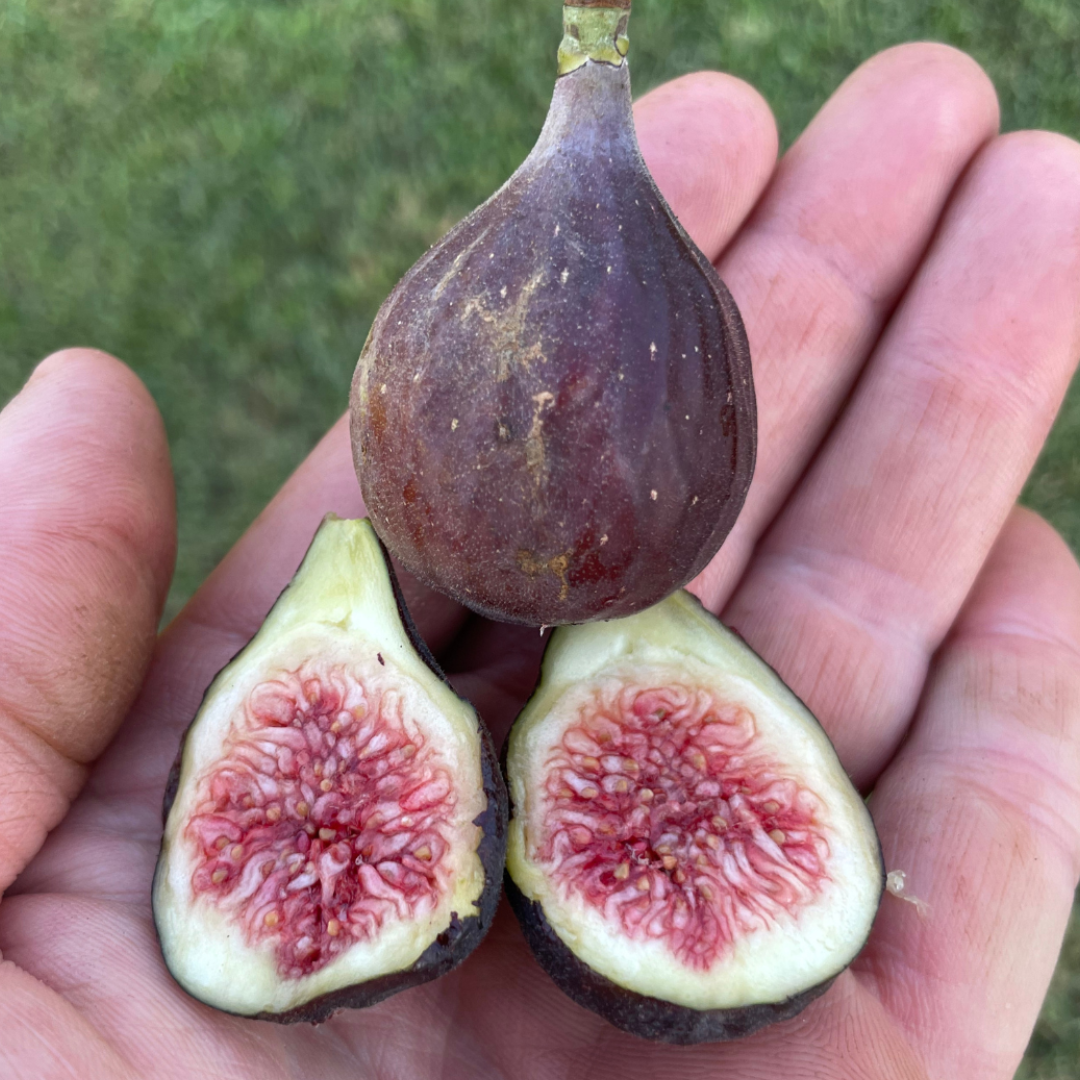LSU Fig Tree Bundle
LSU Fig Tree Bundle
• SAVE OVER 15% WITH THIS BUNDLE!
Couldn't load pickup availability
• FREE SHIPPING
• EACH TREE SHIPS INDIVIDUALLY
• NOT AVAILABLE FOR HAWAII AND ALASKA
View full details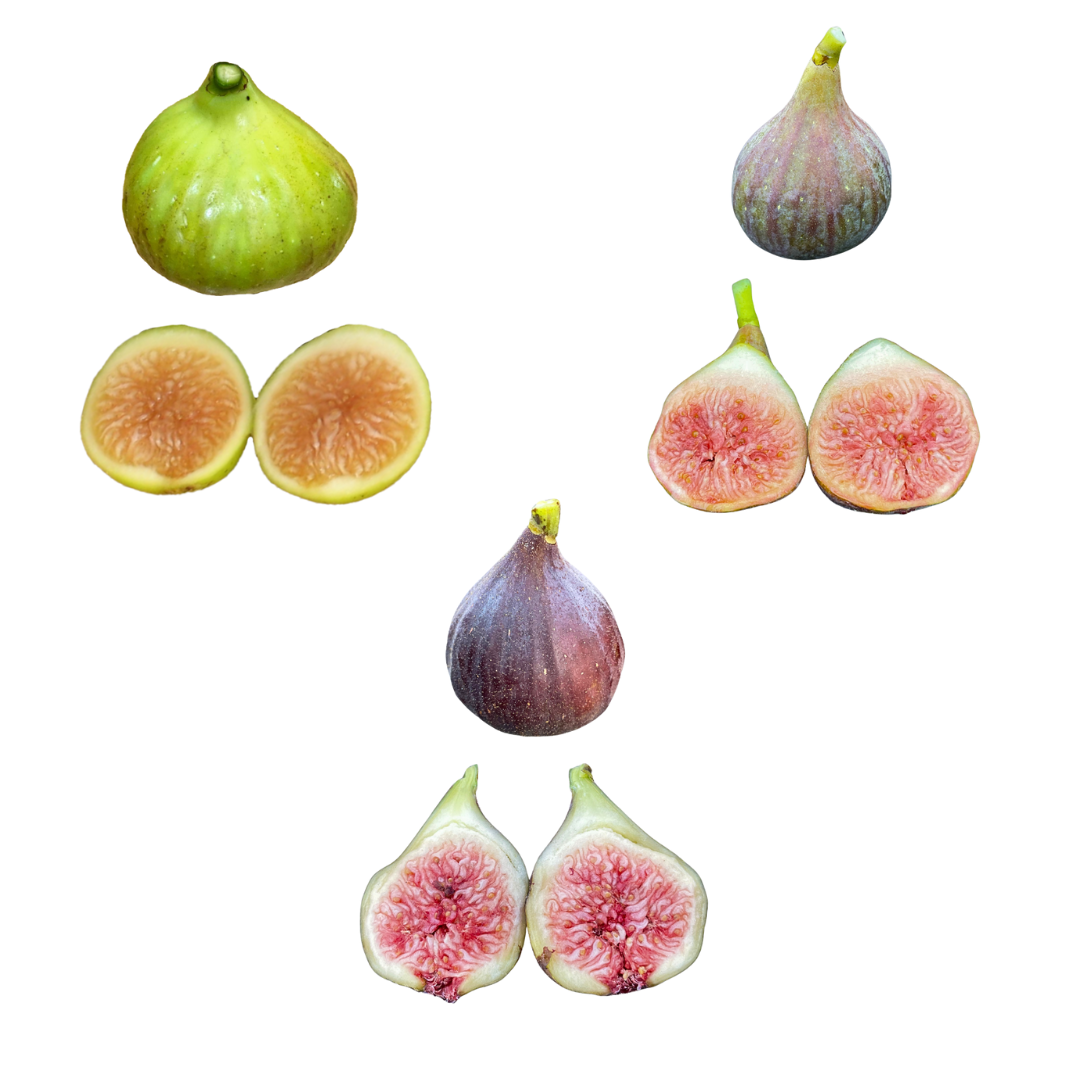
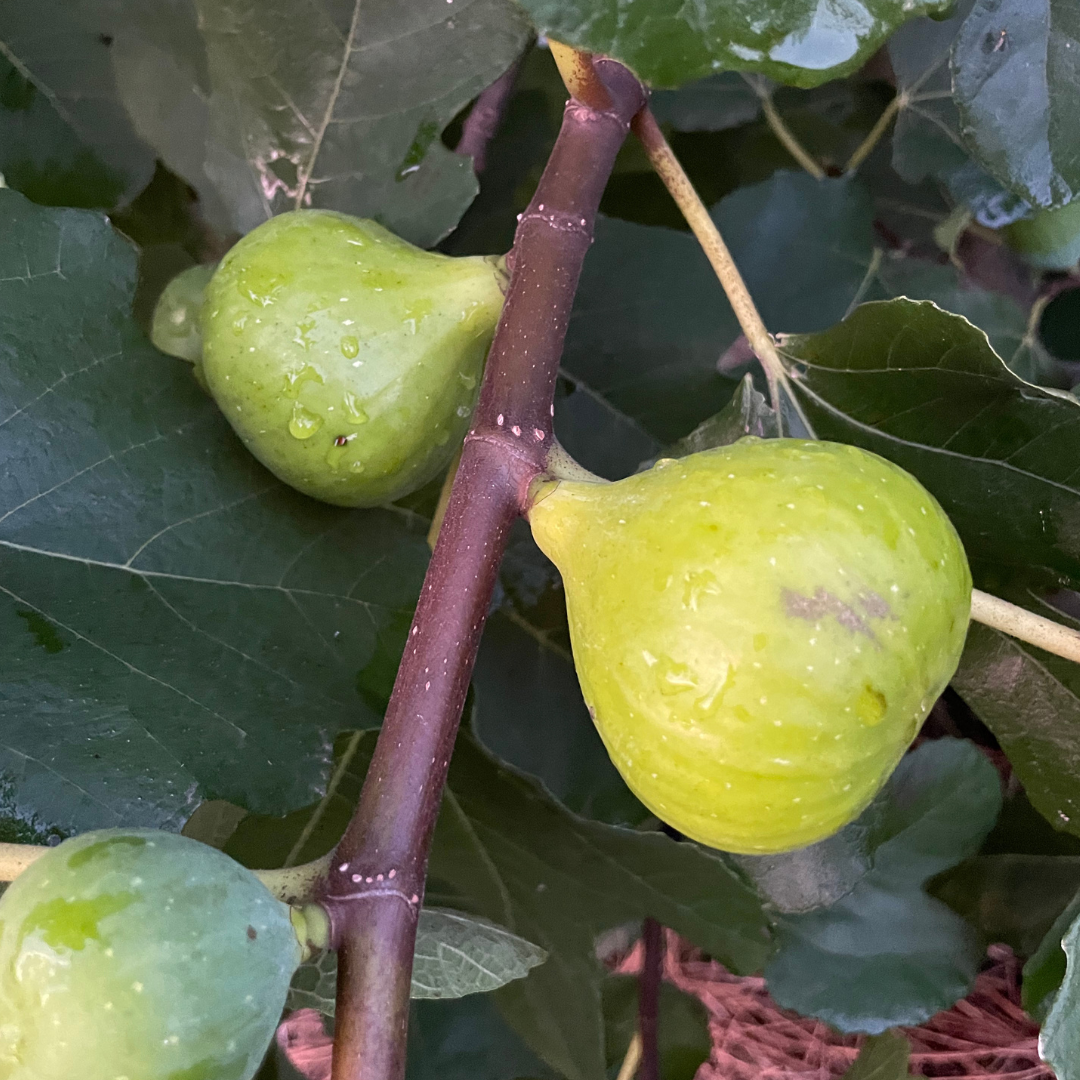
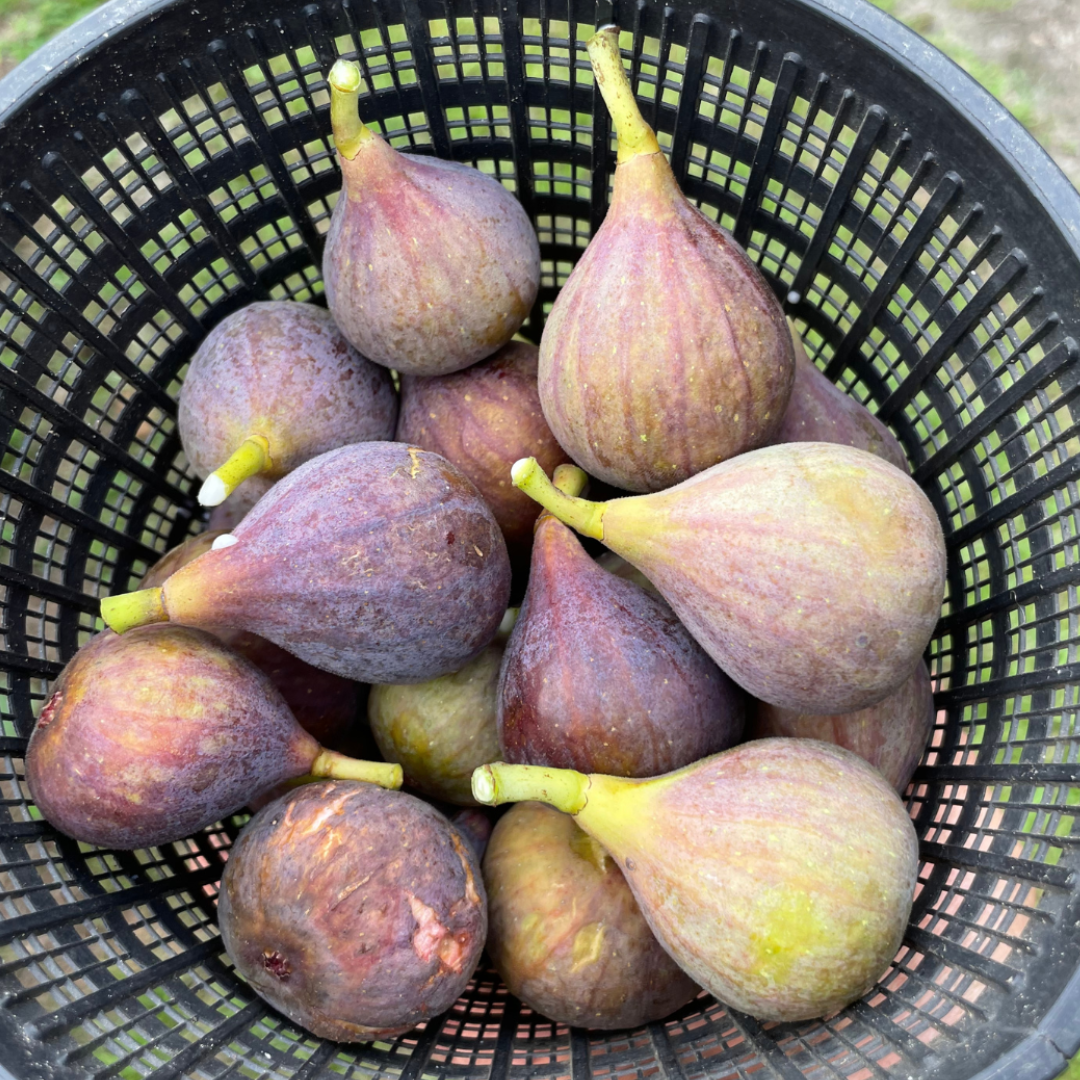
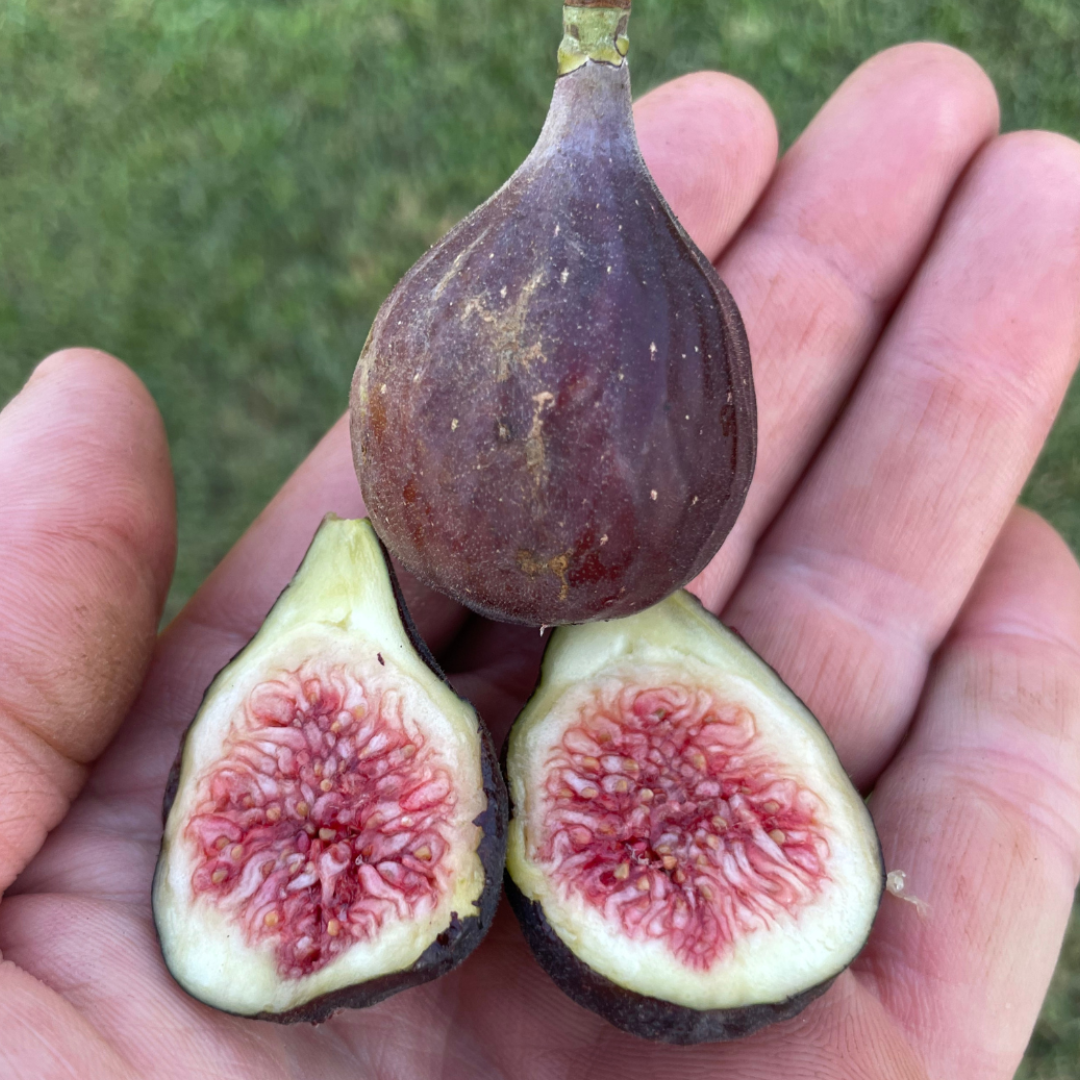
Ready to start growing your own figs? Our LSU Fig Tree Bundle is the perfect way to begin your fig-growing journey! This bundle includes three top-performing fig varieties developed by Louisiana State University:
These trees are easy to grow and well-suited for a wide range of climates—making them ideal for beginners and experienced growers alike. Whether you’re planting them in the ground or keeping them in containers, these vigorous fig trees will reward you with sweet, delicious fruit and minimal maintenance.
What makes this trio extra special is the variety of flavors you’ll enjoy:
-
LSU Gold: A large, yellow fig with a rich honey flavor and buttery texture.
-
LSU Tiger: A beautiful striped fig with a unique sugar-berry flavor that’s both sweet and complex.
-
LSU Purple: A reliable producer of small to medium figs with a classic sugar-sweet flavor and excellent cold tolerance.
By planting all three, you’ll extend your fig harvest and enjoy a range of flavors and textures right from your backyard. Whether you eat them fresh, dry them, or turn them into jam, this bundle gives you a delicious head start on your fig-growing adventure!
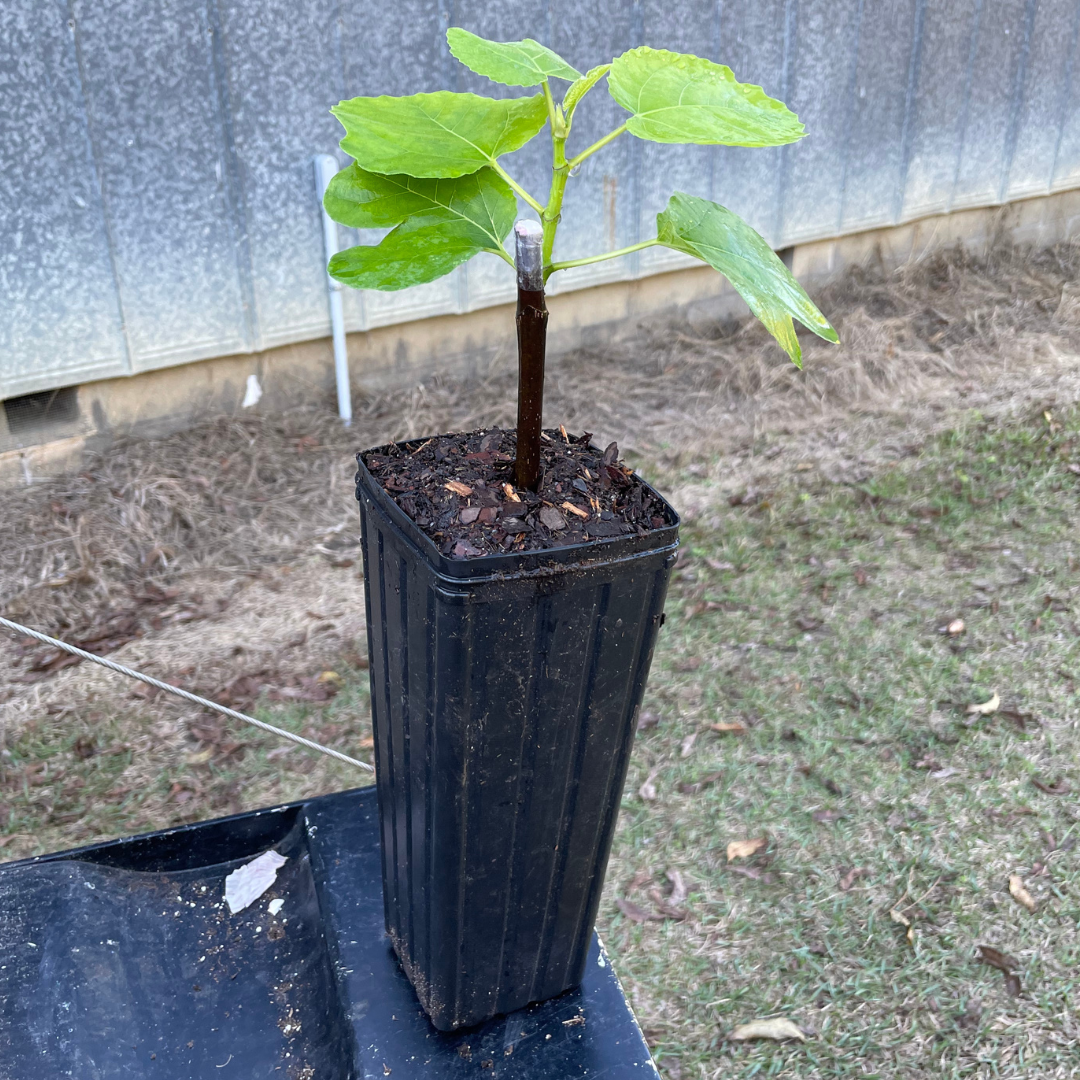
Fig Tree Shipping Info
- Fig trees will be shipped as temperatures allow. We won't ship trees if they could potentially experience freezing temps during transit.
- Each fig tree is shipped in a 4x9" pot with an established root system. All our fig trees are shipped individually. If you order multiple trees, you'll receive a separate box for each tree ordered.
- As soon as your fig tree is delivered, carefully cut open the box, remove the packaging, and allow the tree to get some sunlight.
- We recommend watering daily and waiting at least a week before planting. This will allow the tree to recover from any shipping stress and adjust to your climate.
FIG TREE GROWING TIPS
GROWING ZONES: Most fig varieties are relatively cold-hardy until temperatures start to drop into the low teens (°F). If you consistently experience temps below 20°F in the winter months, you'll want to cover your fig trees during the cold season. If you have fig trees planted in large containers, you can also bring them indoors during the cooler months.
WATERING: If you have well-drained soils, fig trees will benefit from frequent watering. The more water you give them, the more they'll grow. Just be careful not to oversaturate the soils. Many fig varieties will produce a secondary crop of figs in the late summer or fall months if adequate soil moisture is present.
FERTILIZING: Be careful not to over-fertilize young fig trees soon after planting. Once they form new roots, you can fertilize the trees to promote new growth. Pour a water-soluble fertilizer solution or sprinkle a granular fertilizer around the base of the plant in the spring months. We like to use a somewhat balanced (relative equal parts N, P, & K) fertilizer, but a soil test should provide more information as to any nutrient deficiencies in your soil
PEST AND DISEASES: Fig trees usually do not have near as many pest and disease issues as other fruit trees. Rust is common and is nothing to worry about. This will appear as brown specks on the leaves and usually intensifies in the warmer months. To reduce rust, you can spray trees with Neem Oil, Horticultural Oil, or Liquid Copper in the late winter before trees start forming new leaves. This won't completely prevent rust, but it will reduce it somewhat. Rust is inevitable and doesn't hurt the trees at all.
PRUNING: Fig trees don't require pruning, but you can prune them as aggressively as you'd like depending on your growing space. If your fig trees are in containers, you can prune them so that they're easier to move inside during the cold season. Some varieties will tend to grow taller and can be pruned to make a more "bushy" tree. Pruning isn't necessary, but it won't hurt the tree if you need to do it. Pruning should be done in the fall months once the trees lose their leaves.

